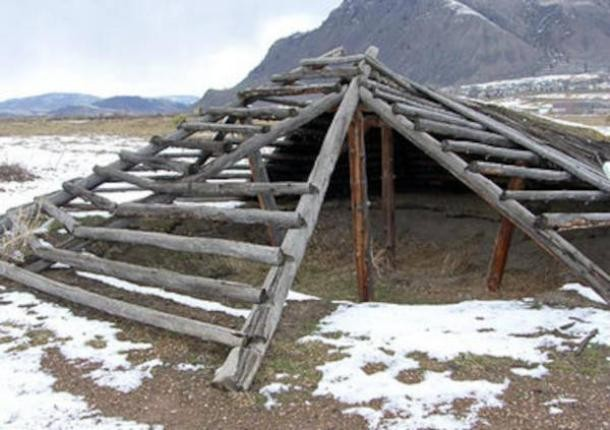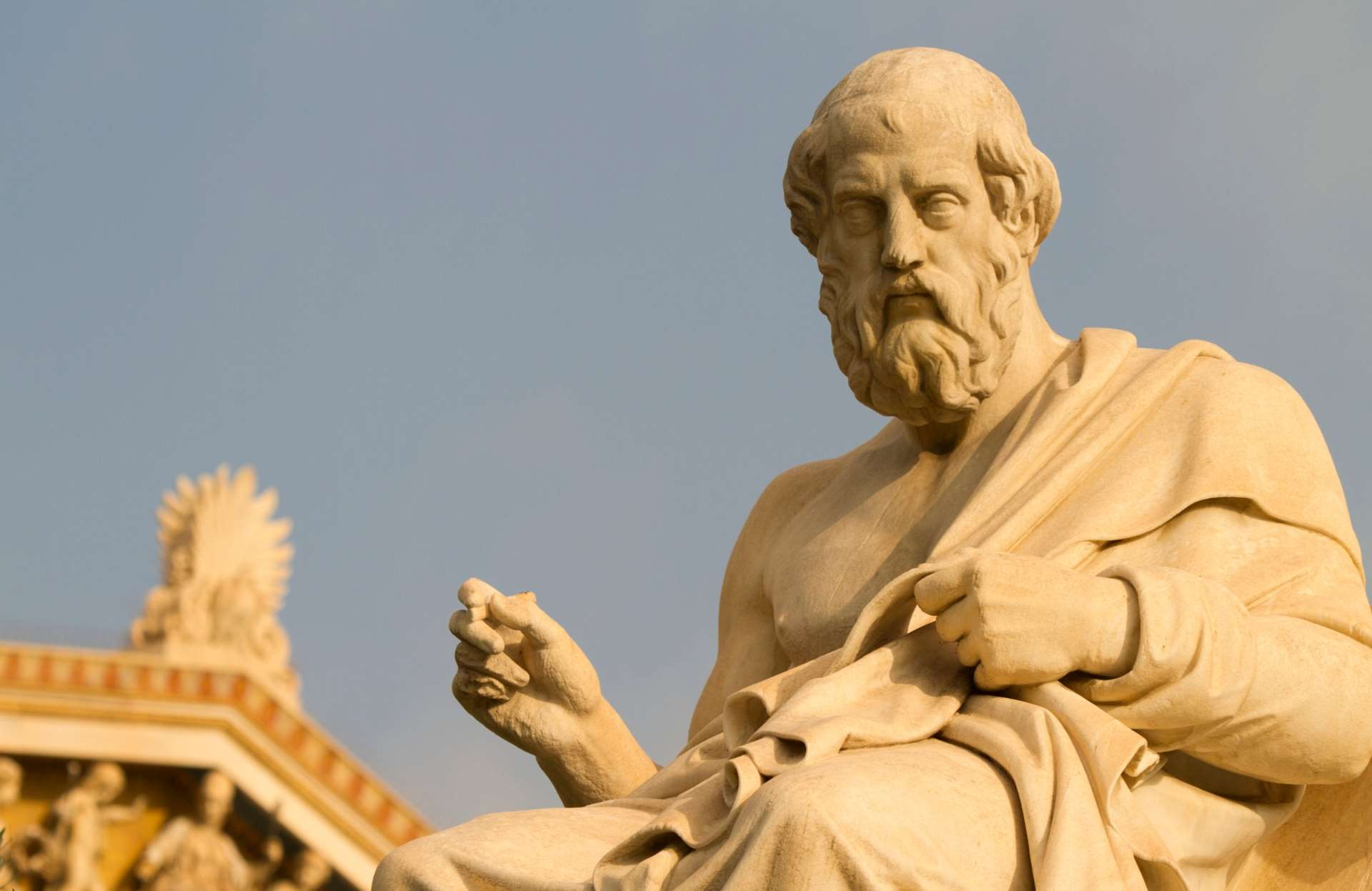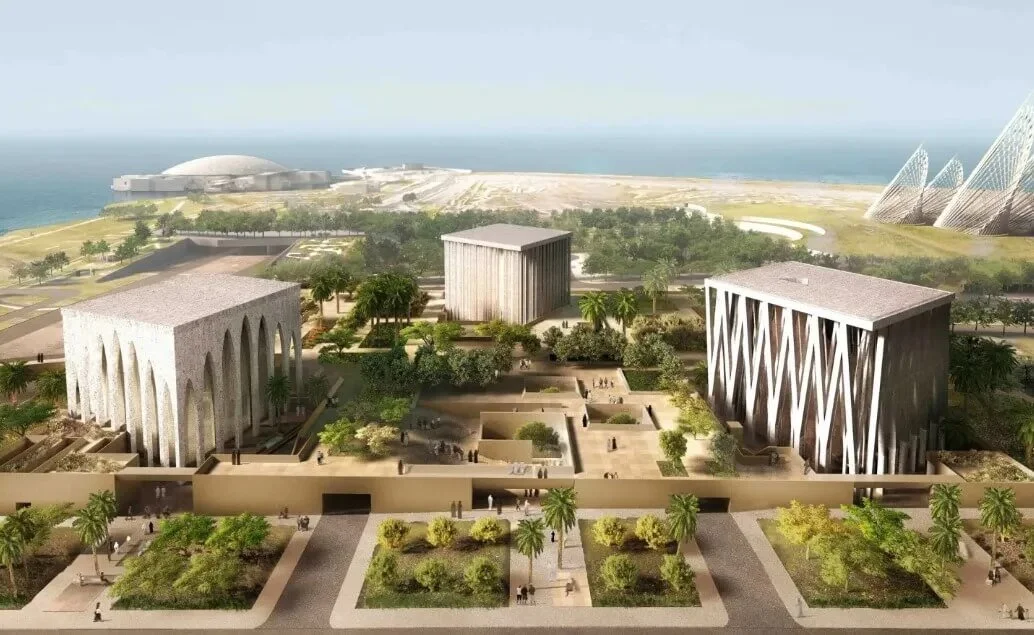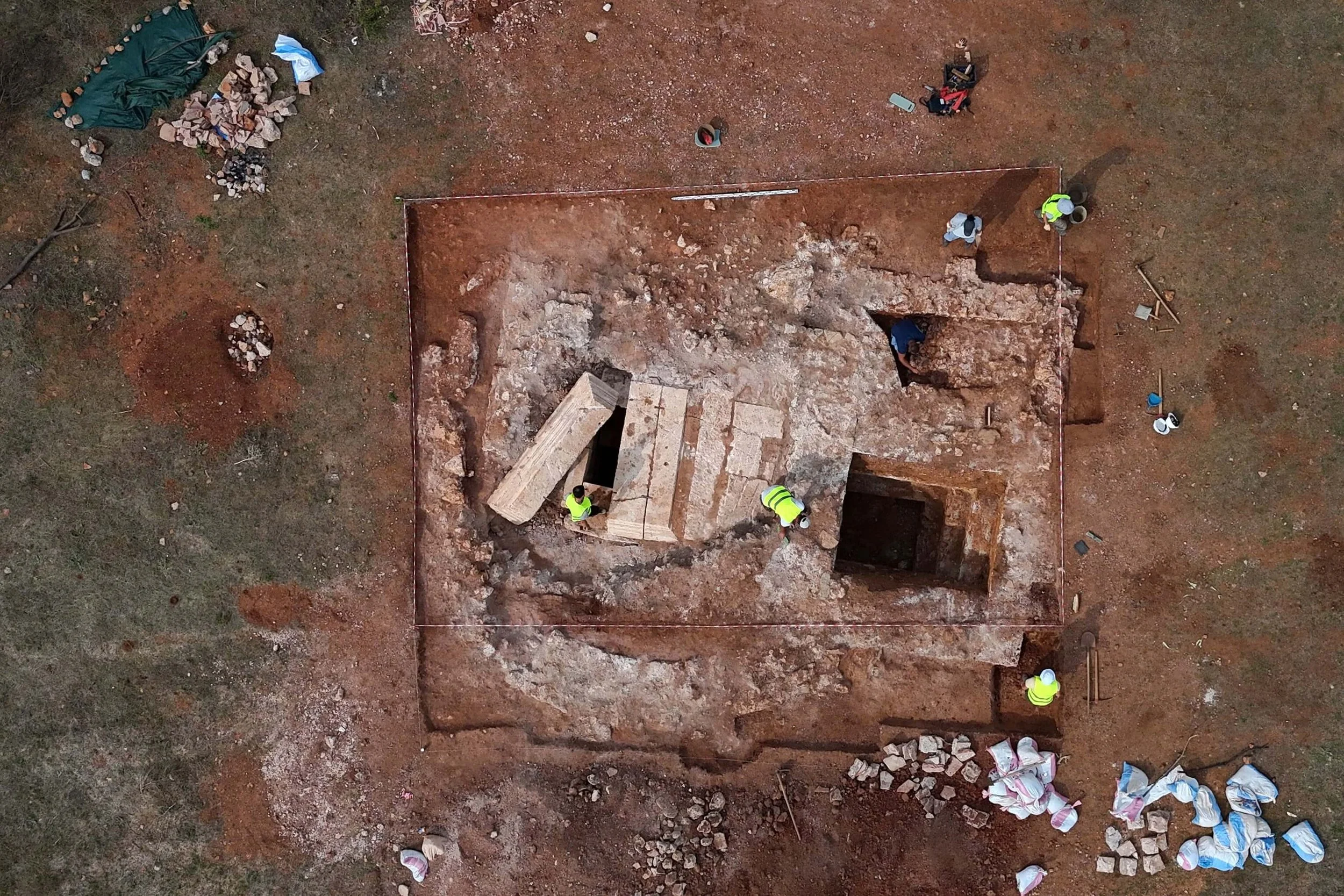The design by the two architects—who, according to historian and local resident Giorgos Trampoulis, "were talented but eccentric and didn't quite fit in with Italy's fascist regime"—featured wide, curved roads, prioritizing functionality, harmony, and order, all while blending the beauty of the landscape with architectural aesthetics.
Inside the city, the residential zone included separate homes for workers and officers of various ranks. Some of these homes have been renovated and are spacious cylinders and cubes with large gardens.
A large hospital was also built, and hundreds of pine trees and eucalyptus were planted in large urban blocks. Just outside the residential area were the customs house, the cinema, the market, and the hotel. Behind the hotel stands the impressive outdoor market complex with a grand courtyard and the iconic clock tower.
"They took advantage of the lack of constant and direct oversight from Rome, exploring and experimenting with luxury while combining rationalism with local architectural styles," says Trampoulis.
The city was designed to accommodate 30,000 residents. Today, however, with only about 2,000 people living there and many buildings still marked by wartime bombings, Lakki feels like a beautiful ghost town, resembling a movie set.
Today, time seems to have stopped in the area—caught in an Art Deco rhythm from the interwar period. In 2018, the BBC described Lakki as the "strangely beautiful city of Greece" and noted that "few people even know of its existence, and even the locals view their city with some degree of skepticism."
Mussolini's grand plan ultimately failed, the Axis powers were defeated, and in 1947, the Dodecanese became part of Greek territory. Portolago was renamed Lakki, and much of the impressive city was left at the mercy of time. The fact that the city was built under Mussolini's orders, housing offices and activities for the fascist party and youth, as well as serving as a reminder of the hardships endured under the fascist regime, led to its post-war neglect and abandonment.
The negative reputation of the Leros State Psychiatric Hospital—which was built in Lakki and the nearby Lepida area, housing mentally ill patients in inhumane conditions for many years—along with Leros being used as a place for the exile of political prisoners, contributed to the region's continued decline, both politically and socially. According to Italian architect Donatella Mancella, who has studied the uniqueness of Lakki, the area's lack of attention is due to years of insufficient resources and the absence of a culture that values, evaluates, and protects architectural heritage.
In recent years, however, attitudes have started to change, with more people recognizing the city's significance as part of the world’s cultural heritage. Today, the cinema, hotel, and market complex have been designated as protected monuments, and the Municipality of Leros aims to make the entire city a UNESCO World Heritage site. This is no easy task, given the unsuitable interventions over the years, but the Greek government has finally decided to take action. The Ministry of Culture and Sports has commissioned the National Technical University of Athens to draft a strategic plan for the "promotion of the architectural and urban identity of the settlements of Lakki and Lepida," with a presentation of the project taking place on December 5.
The National Technical University of Athens is collaborating with the University of Thessaly as part of a broader initiative to highlight historical tourism and the unique character of areas in Greece that were battlefields during both World Wars, based on sustainable management and future prospects.
Moral of the story? Better late than never, even if it’s 74 years later…
BBC’s Special Feature
Greek-American journalist Alex Sakalis writes:
"Lakki in Leros is truly unique. Its church, austere and minimalist, is a perfect example of Bauhaus architecture. The school, with its spacious entrances, is a hybrid of modernist and Byzantine elements. The Art Deco cinema seems to be heading toward the sea like a fast-moving train. Right behind it, a courtyard clings to the imposing clock tower, and a strange disc-shaped structure protrudes from the tower like a toaster. As if all this surrealism wasn’t enough, the four clock faces show different times.
"At its peak, in the late 1930s, Lakki had over 8,000 residents. Today, it has fewer than 2,000. The wide streets and large buildings allowed the city to become a commercial center for the island once again, but at night, the streets empty, and the city falls silent.





























































